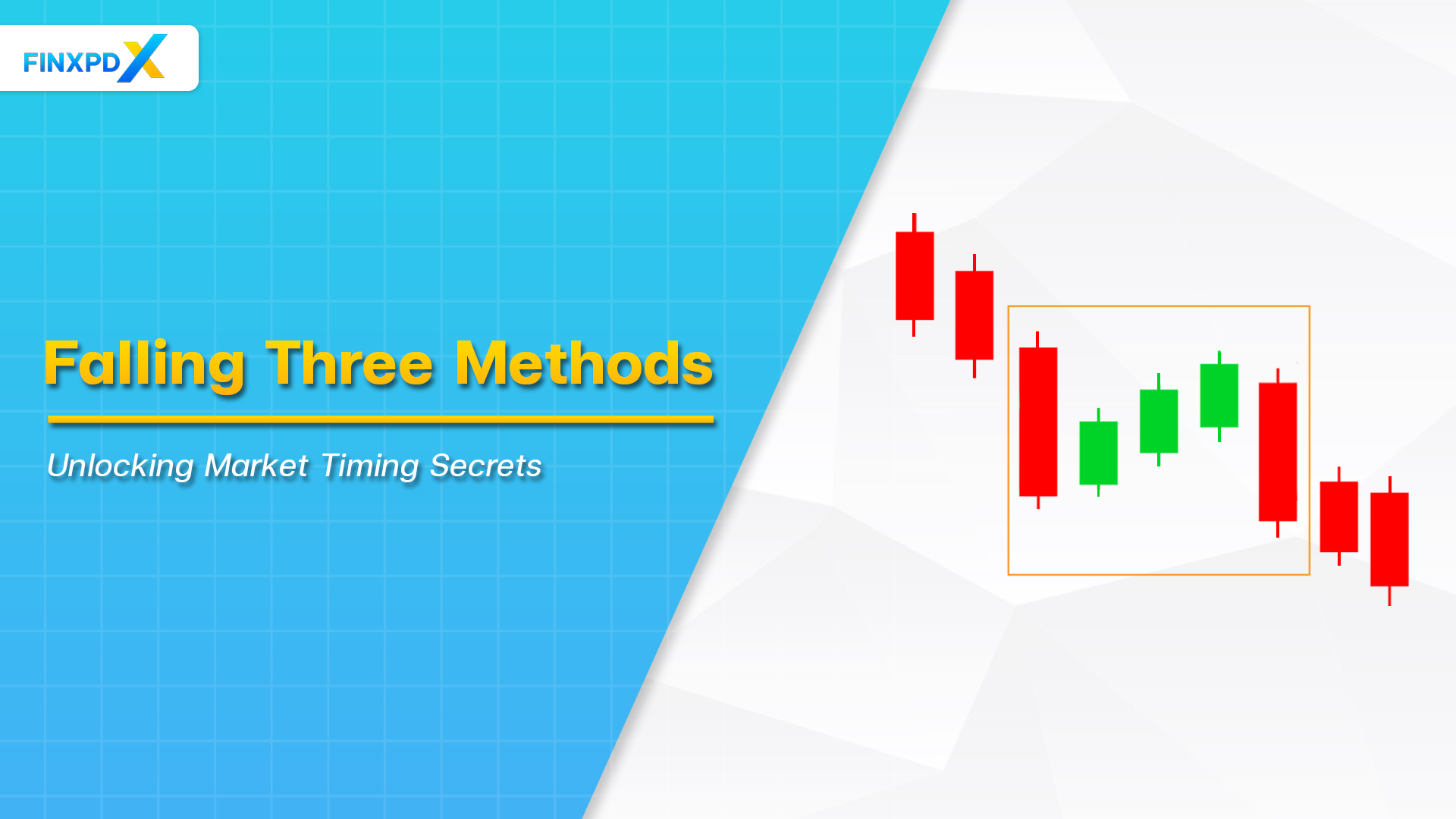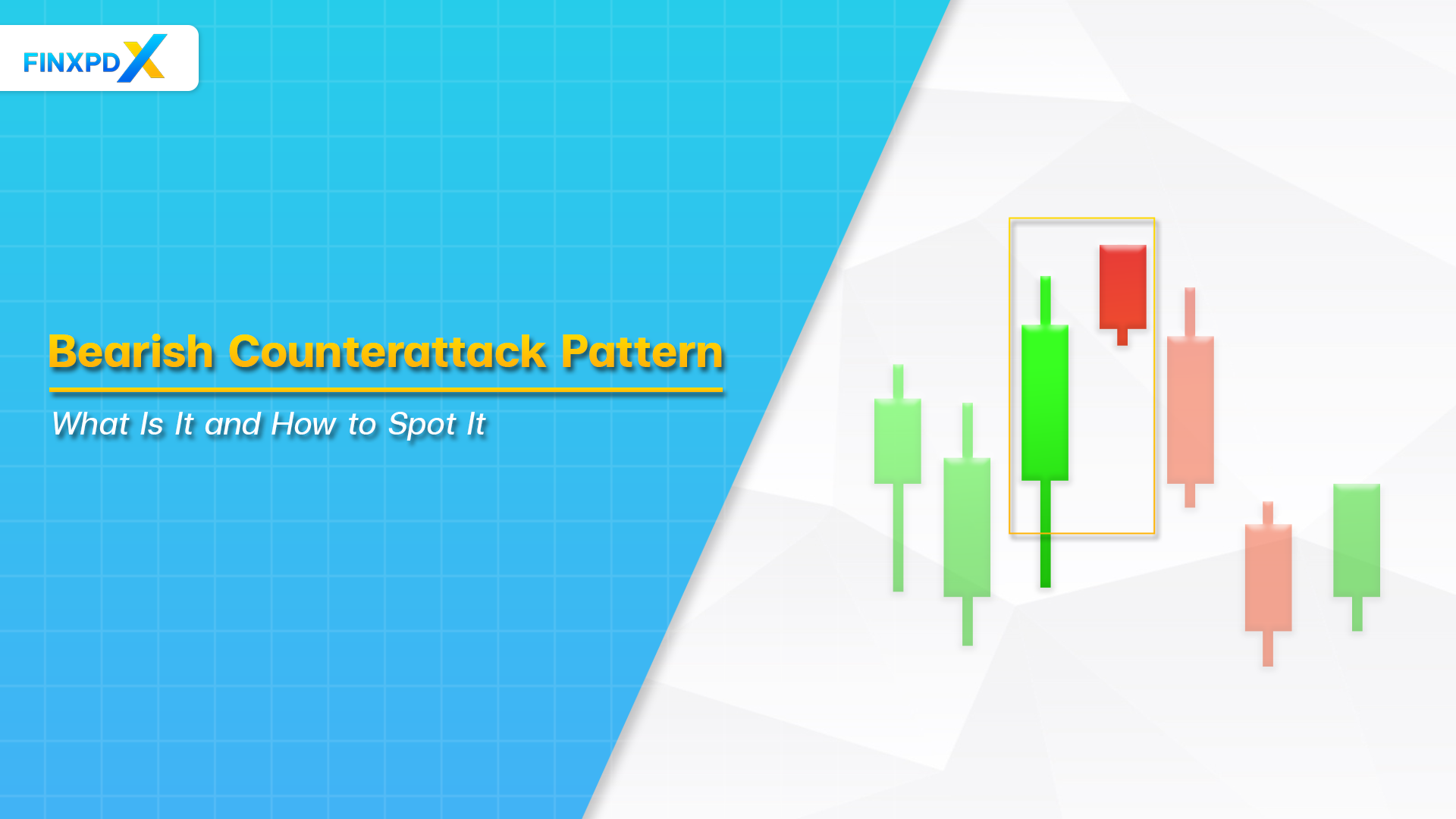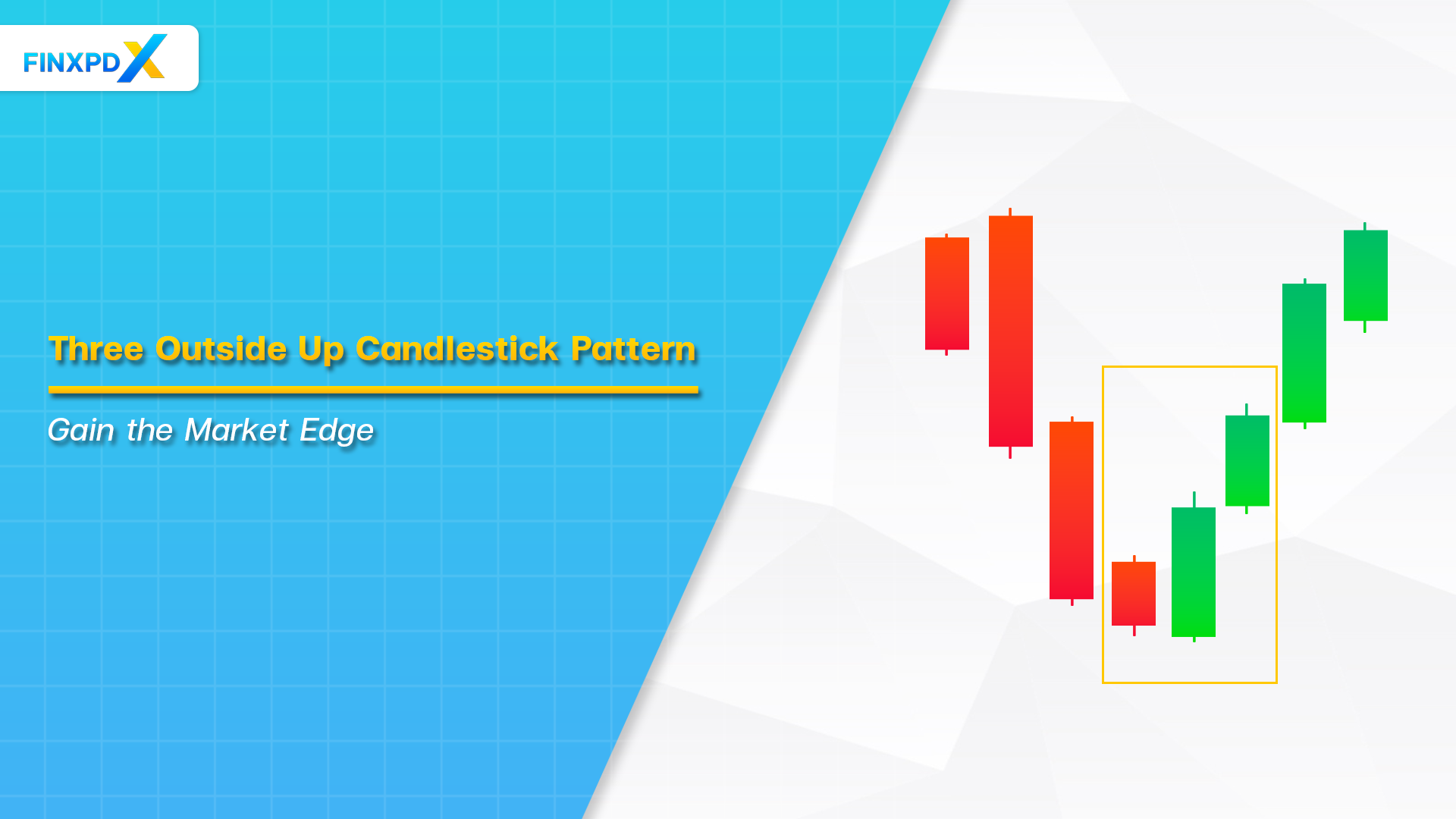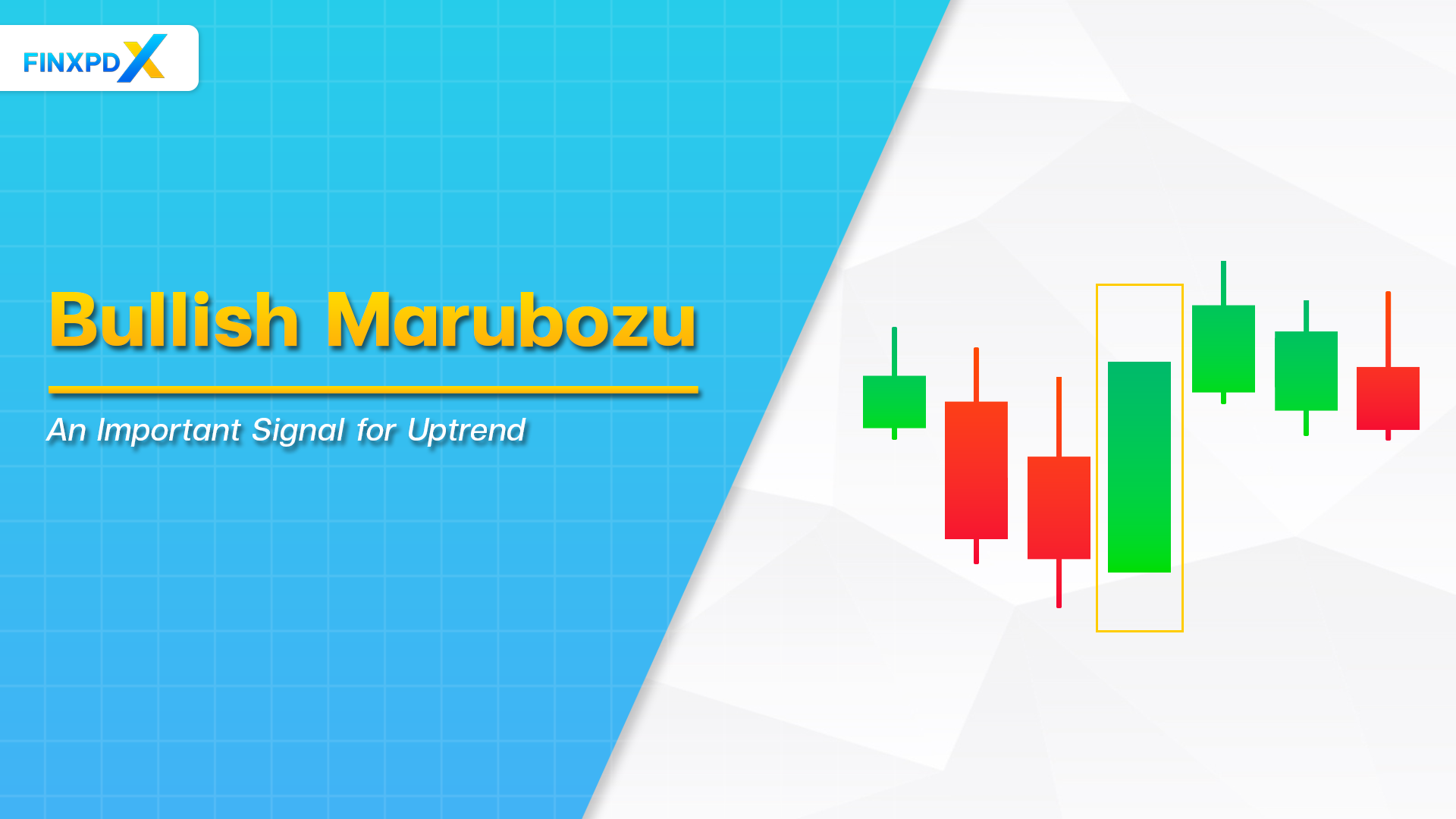Candlestick charts are important for traders, which have common 35 types candlestick patterns. One of the most popular patterns is Doji patterns. It stand out for their ability to signal market indecision and potential reversals. A Doji candlestick pattern occurs when a security’s open and close prices are nearly equal, creating a cross-like shape on the chart. This pattern indicates a balance between buyers and sellers, often hinting at a pause or potential change in the market trend.
Understanding Doji candlestick patterns helps traders anticipate market movements and make informed decisions. This article explores the different types, how to use them in trading strategies, and their advantages and disadvantages to enhance decision-making in volatile financial markets.
What Is Doji Candlestick?
A Doji candlestick is a unique and valuable formation on a price chart that indicates a state of indecision in the market. It occurs when a security’s opening and closing prices are almost equal, resulting in a very small or non-existent body and a cross-like appearance. This pattern is significant because it reflects a balance between buyers and sellers, often preceding a potential reversal or significant change in the market trend.
⚠️Tip: “Cross-like appearance” refers to the shape resembling a cross or plus sign (+).
Characteristics of a Doji Candlestick
Appearance: The Doji candlestick resembles a plus sign or a cross due to its very narrow body and equal length upper and lower shadows.
Formation: It is created when the price of security opens, fluctuates to a high and low, and then closes at a point very close to the opening price.
Interpretation: The Doji indicates market indecision and can often precede a reversal or continuation of the current trend, depending on its position on the chart and other market indicators.
⚠️Tip: The word “Doji” (どうじ/ 同事) in Japanese means “blunder” or “mistake.” It describes the unusual occurrence of the open and closing prices being absolutely equal.
Key Takeaways
- A Doji candlestick is a chart pattern used in technical analysis to indicate market indecision.
- The Doji candlestick pattern occurs when the opening and closing prices are nearly equal, resulting in a small or non-existent body.
- The cross-like shape of a Doji represents a balance between buyers and sellers.
- Doji patterns are more significant in longer timeframes, such as daily or weekly charts.
- Combining Doji analysis with other technical indicators enhances trading accuracy.
Types of Doji Candlestick
Doji candlesticks come in various forms, each providing unique insights into market dynamics. Understanding these different types helps traders anticipate potential market movements more accurately.
1. Gravestone Doji

This type of Doji has a long upper shadow and no lower shadow, with the open, close, and low prices all at the same level. It often indicates a potential bearish reversal when it appears at the top of an uptrend, suggesting buyers could not sustain higher prices and sellers took control by the close.
Click the button below to read more
2. Dragonfly Doji
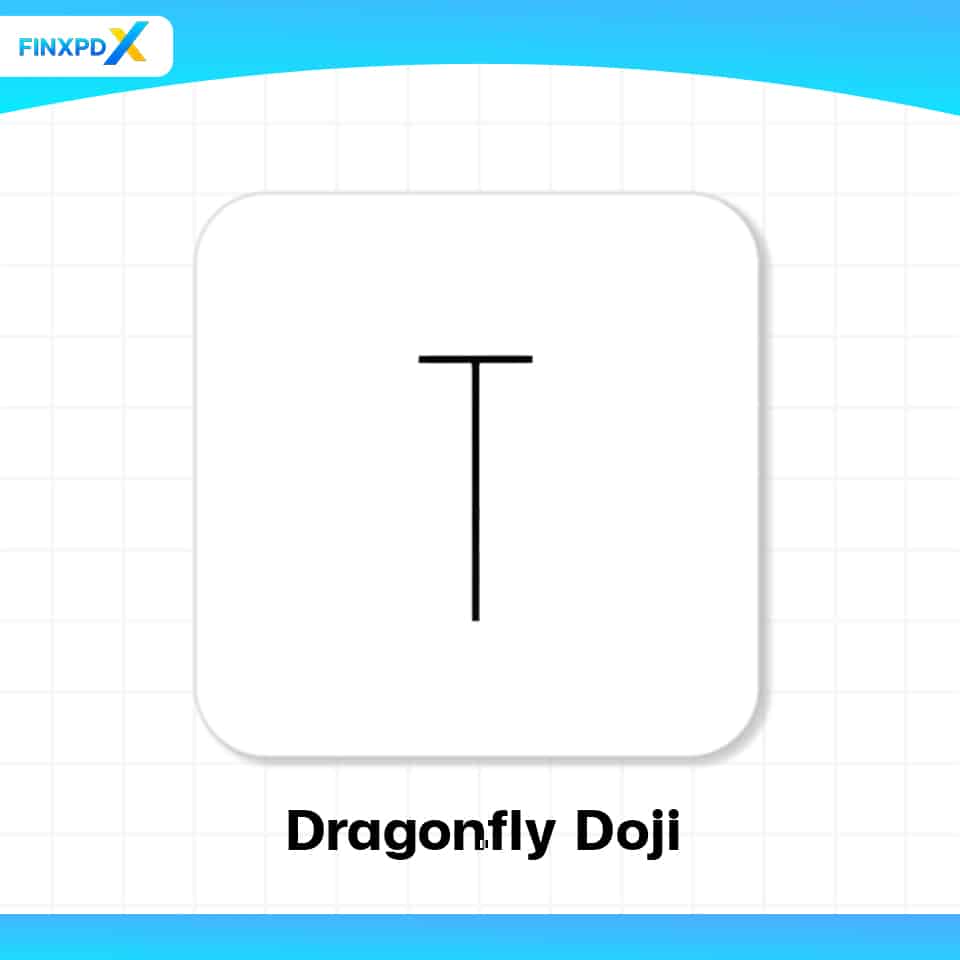
The Dragonfly Doji has a long lower shadow and no upper shadow, with the open, closed, and high prices all at the same level. When found at the bottom of a downtrend, it typically signals a potential bullish reversal, indicating that sellers dropped prices lower. Still, buyers could bring prices back up to the opening level.
3. Long-Legged Doji
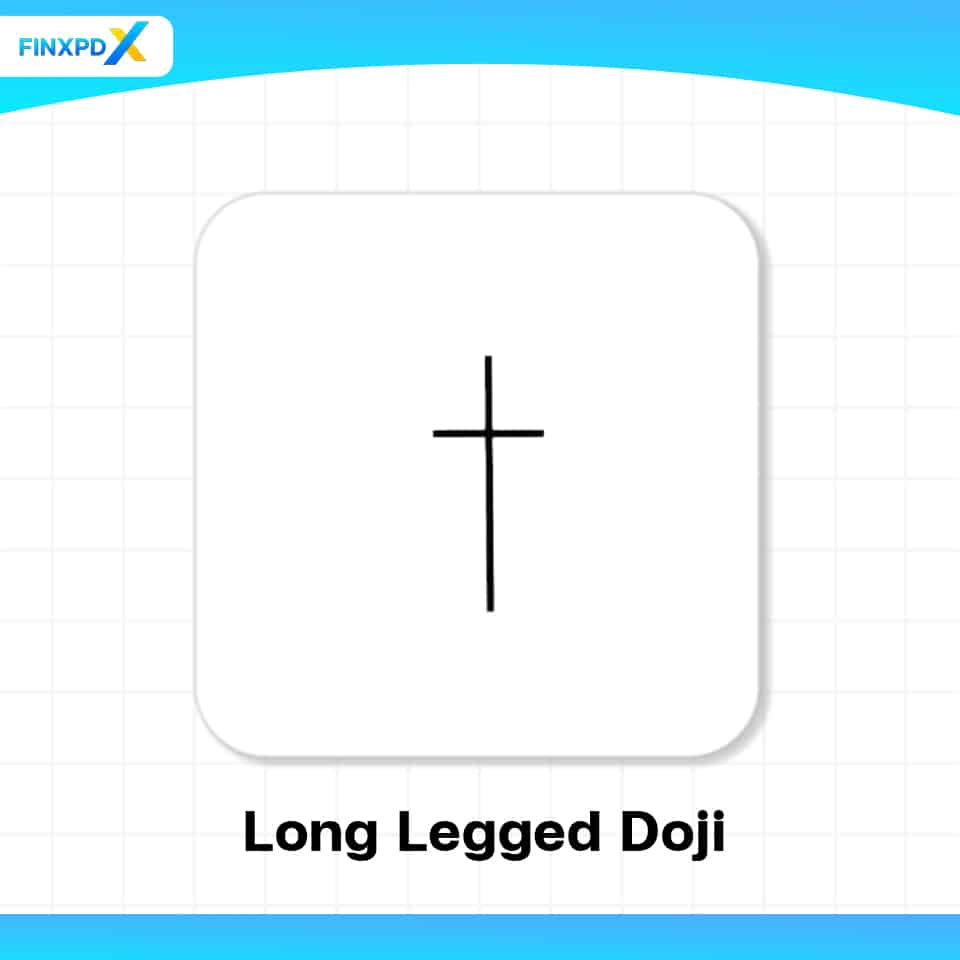
Characterized by long upper and lower shadows and a small body in the middle, the Long-Legged Doji indicates significant market indecision. The extensive price range within the session shows that neither buyers nor sellers could gain control, making it a strong signal of potential market reversal or continuation, depending on the context.
4. Standard Doji
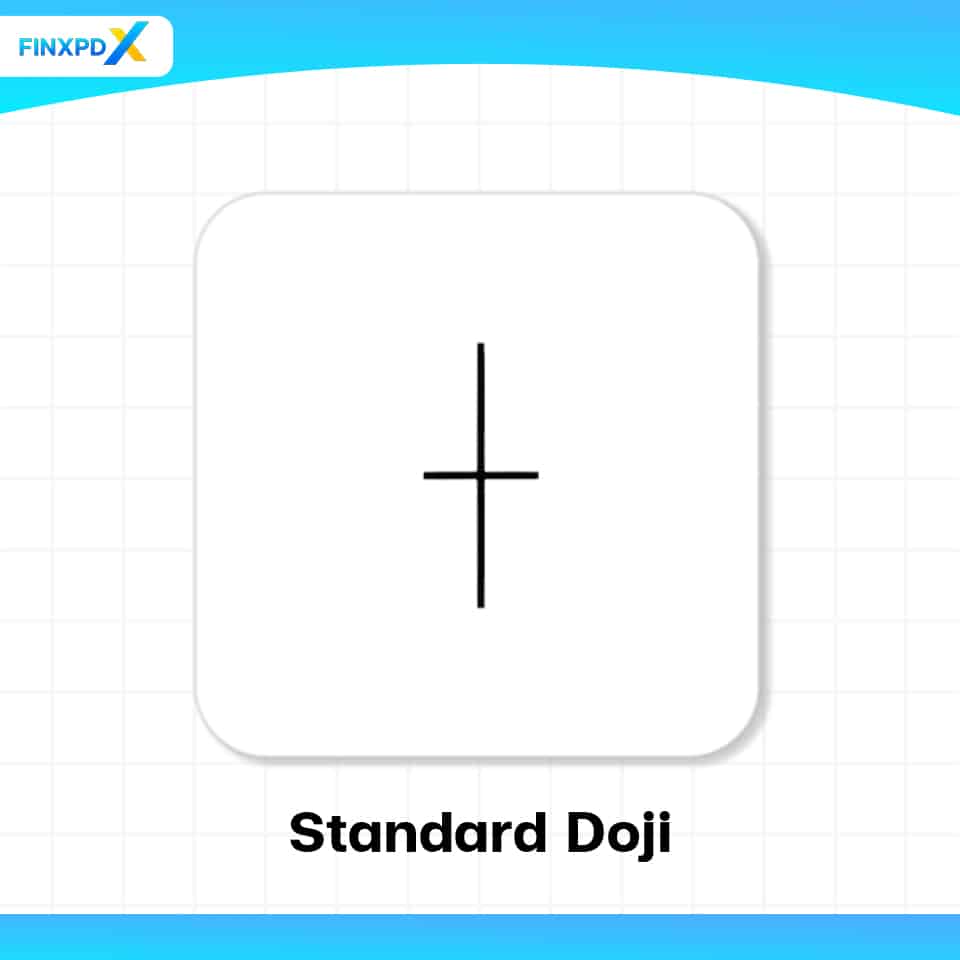
This Doji pattern has small upper and lower shadows, with the open and close prices nearly equal. It signifies general indecision in the market. Traders should look at the preceding and following candlesticks to interpret its meaning, as it can signal either a reversal or continuation of the current trend.
5. 4-Price Doji
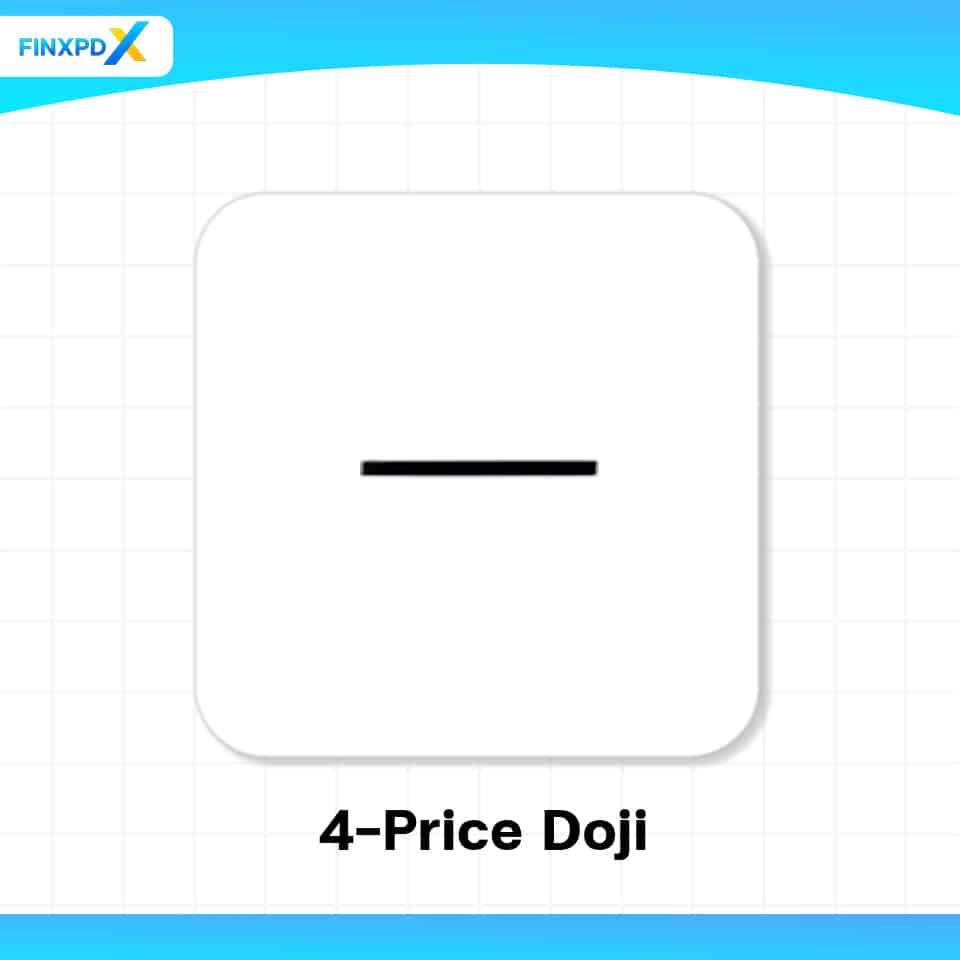
The rarest type, the 4-Price Doji, has the open, high, low, and close prices all at the same level, resulting in a simple horizontal line without any shadows. This pattern represents complete market indecision and typically occurs during periods of very low volatility.
How to Use Doji Candlestick in Trading Strategies
Doji candles are beneficial tools in technical analysis, providing insights into market indecision and potential trend reversals or continuations. Here’s a detailed guide on how to effectively use Doji candlestick in your trading strategies:
1. Identifying the Doji Pattern
The first step in using Doji candles is accurately identifying them on the price chart. A Doji has a small or non-existent body, with almost equal opening and closing prices. The shadows, or wicks, can vary in length. It forms different types, such as Long-Legged, Dragonfly, and Gravestone Doji patterns. Look for these small bodies and varying shadows to spot Doji patterns.
2. Analyzing the Context
The context in which a Doji appears is necessary for its interpretation.
- In an Uptrend: A Doji appearing after a prolonged uptrend could signal that the buying momentum is weakening, indicating a possible bearish reversal.
- In a Downtrend: A Doji appearing after a downtrend suggests that the selling pressure might be exhausting, indicating a potential bullish reversal.
- In a Consolidation Phase: A Doji in a sideways market indicates continued indecision, and traders should wait for a breakout or breakdown before making a move.
3. Confirmation With Other Indicators
To increase the reliability of the signals provided by Doji patterns, confirm them with other technical indicators:
- Moving Averages: Use moving averages to identify the overall trend direction. A Doji near a significant moving average can strengthen the reversal signal.
- Relative Strength Index (RSI): Check for overbought or oversold conditions. An overbought RSI with a Doji in an uptrend can confirm a bearish reversal.
- Volume: Observe high trading volume on a Doji day, as it can indicate strong indecision and potential for a significant move.
4. Trading Strategies
Here are some specific trading strategies that incorporate Doji candlestick patterns:
Reversal Strategy
- Identify the Doji: Look for a Doji pattern after a sustained trend.
- Confirm the Signal: Use other indicators (e.g., RSI, moving averages) to confirm the potential reversal.
- Enter the Trade: Enter a trade toward the anticipated reversal after receiving confirmation.
- Set Stop-Loss: Place a stop-loss order above the upper shadow (for a bearish reversal) or below the lower shadow (for a bullish reversal) to manage risk.
Continuation Strategy
- Identify the Doji: Find a Doji pattern during a strong trend.
- Wait for Confirmation: Confirm the continuation of the trend if it persists after the Doji.
- Enter the Trade: Enter the trend’s direction once confirmation is observed.
- Set Stop-Loss: Place a stop-loss order near Doji’s body to protect against unexpected reversals.
Breakout Strategy
- Identify Multiple Dojis: Look for multiple Doji patterns in a consolidation phase.
- Watch for Breakouts: Pay attention to breakouts from the consolidation range.
- Enter the Trade: Enter in the direction of the breakout once confirmed by increased volume or other indicators.
- Set Stop-Loss: Use the recent consolidation range to determine stop-loss levels.
5. Monitoring and Adjusting
By continuously monitoring market conditions and adjusting trading strategies accordingly, traders can navigate the complexities of the market more effectively. Utilizing tools like trailing stop orders can further enhance their ability to protect profits and adapt to changing market environments, ultimately contributing to long-term trading success.
Advantages of Doji Candlestick
Doji candlesticks are highly regarded in technical analysis for their ability to signal market indecision and potential trend reversals. They offer traders several key benefits that can enhance their trading strategies and decision-making processes.
Trend Reversal Indicator
Doji candlesticks are valuable for identifying potential trend reversals. Their appearance after a sustained trend can signal a shift in market sentiment, helping traders anticipate changes in direction.
Easy Identification
Doji patterns are relatively easy to spot due to their distinctive cross-like shape. They are characterized by a small or non-existent body with nearly equal opening and closing prices.
Versatile Timeframes
Doji candlesticks can be used across various timeframes, from intraday charts to long-term charts, making them adaptable tools for different trading strategies and time horizons.
Risk Management Supports
Doji patterns can enhance risk management when used with other technical indicators. They help traders make more informed decisions about entry and exit points, potentially improving the accuracy of stop-loss placements.
Trading Strategies Enhances
Incorporating Doji candlesticks into trading strategies can improve their effectiveness. They provide clear signals that can be used alongside other technical analysis tools to confirm market conditions and guide trading decisions.
Disadvantages of Doji Candlestick
While Doji candlesticks are valuable tools for identifying market indecision and potential trend reversals, they also have certain limitations that traders need to be aware of to avoid potential pitfalls in their trading strategies.
False Positives
Doji candlesticks can sometimes produce false signals, leading traders to anticipate reversals or continuations that do not occur. This can result in too-early or incorrect trading decisions, potentially causing losses.
Need for Confirmation
Doji patterns often require confirmation from other technical indicators or subsequent price action to verify their signals. This means traders cannot rely on Doji patterns alone and must use additional tools to confirm their trading decisions.
Context Dependency
The significance of a Doji candlestick can vary greatly depending on its context within the chart. Traders might misinterpret the pattern’s implications without proper contextual analysis, leading to incorrect market predictions.
Limited Frequency
Doji candlesticks are relatively rare, which means they do not appear frequently enough to be used as a standalone trading strategy. Traders must be patient and may need to wait extended periods for these patterns to occur.
Indecision Indicator
While Doji candlesticks indicate market indecision, they do not provide a clear direction on their own. Traders must use other analysis methods to determine whether the market will likely reverse or continue in its current trend, adding complexity to the decision-making process.
Conclusion
In conclusion, Doji candlesticks are valuable in technical analysis for indicating market indecision and potential trend reversals. Recognizing different types, such as Gravestone, Dragonfly, Long-Legged, Standard, and 4-Price Doji, can help traders anticipate market changes. Despite their usefulness, Doji candlesticks can produce false signals and require confirmation from other indicators. They are also rare and indicate indecision without clear directional cues. Continuous monitoring and adjusting strategies, along with tools like trailing stop orders, can enhance trading success.
Click the button below to download PDF
FAQs
A Doji candlestick is a pattern on trading charts indicating market indecision. It forms when the opening and closing prices are nearly equal, resulting in a cross or plus sign shape, signaling potential reversals or pauses in price movements.
The frequency of Doji candles depends on market conditions and the chosen time frame. They are relatively common but should be interpreted carefully within the context of other indicators and patterns.
Doji candlesticks can be used to identify potential reversals or continuation patterns. Traders often combine them with other technical indicators, such as support and resistance levels or moving averages, to confirm signals and make informed trading decisions.
Yes, Doji candlesticks can appear in any time frame, from minute-by-minute charts to daily, weekly, or monthly charts. This versatility makes them useful for various trading strategies and market analyses.
Yes, Doji candlesticks can appear in all market types, including stocks, forex, commodities, and cryptocurrencies. They are a universal pattern used in technical analysis to assess market sentiment and potential price movements.
Related Articles:
- 35 Powerful Candlestick Patterns PDF Download
- Balance of Trade: Its Implications in Global Markets
- Hanging Man Candlestick: A Complete Guide for Traders
- The Cup and Handle Pattern: Important Technical Study
Read more: Forex



